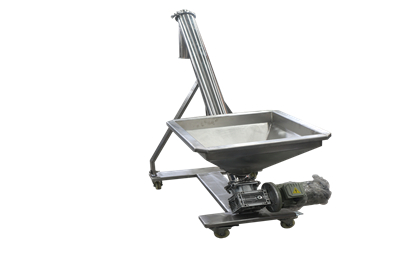Most manufacturers have doubts about the selection and design of
screw conveyors, which leads to blockage, rapid wear and low equipment efficiency during operation. Many manufacturers do not have a basic understanding of the fluidity and details of materials on screw conveyors, believing that the movement process of materials is very simple and does not require a lot of theoretical knowledge to design and manufacture efficient screw conveyors. This is the fundamental reason why screw conveyors are ultimately not suitable for use.

Before designing a screw conveyor, designers should be proficient in certain characteristics of the material, which determine the efficiency of material transfer within the conveyor. In order to improve the performance of the screw conveyor, it is necessary to measure and analyze the materials, in order to provide a reference basis for the improvement of the screw conveyor. The physical parameters include material viscosity, particle size, corrosiveness, whether the material is bonded and hardened during transportation, combustibility, explosiveness, static electricity, and flowability. Among them, material viscosity is the most important physical property parameter. The fluidity can be checked using a simple method. The material is placed in a stainless steel plate and then moved forward with the animal material. Preliminary tests on the fluidity, viscosity, and other aspects of the material are conducted by evaluating its ease of operation and whether it is bonded. For materials, the most important physical parameters are temperature and humidity. Only by having a basic grasp of these physical parameters can we ensure that the conveyor produced can efficiently and reliably transport materials.
